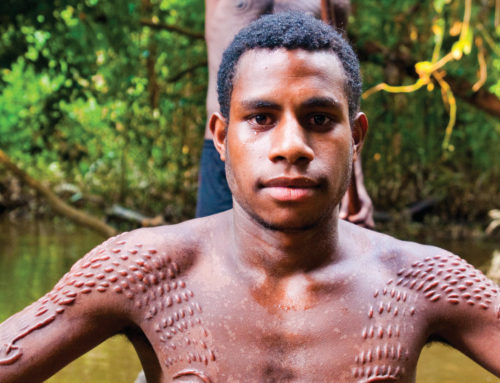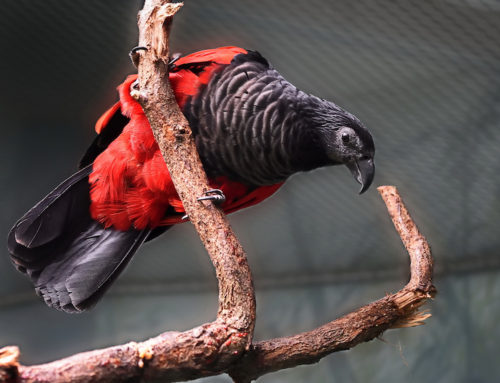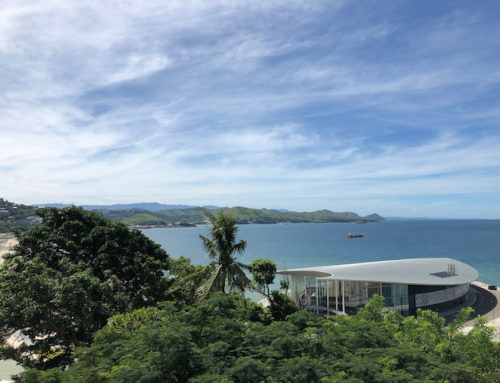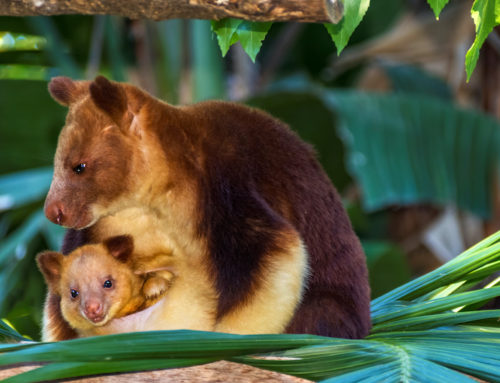10 fascinating facts about PNG
Thursday 18th June, 2020
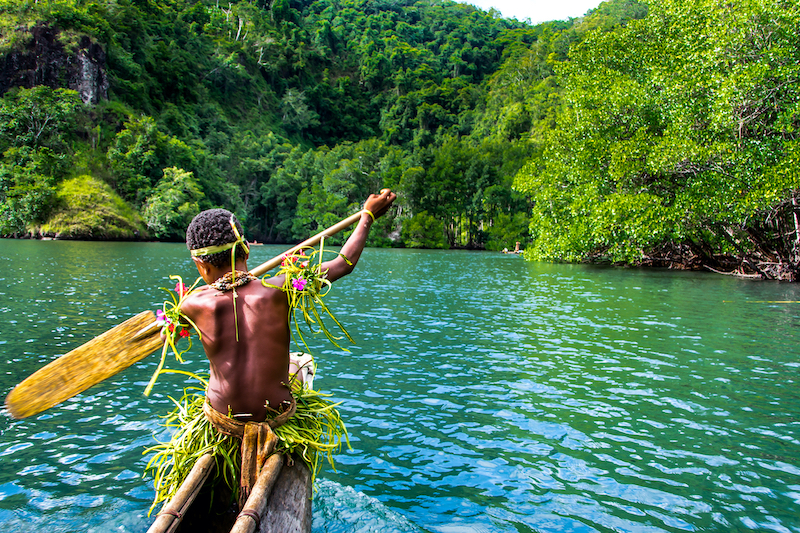
As unique as it is beautiful, there are few places in the world which come close to Papua New Guinea in terms of its cultural diversity, natural beauty, and abundant wildlife.
The country is renowned as near-pristine paradise in terms of heritage, natural features, and remote adventure.
But while many consider PNG a place of mystic beauty and tribal tradition, here are 10 fascinating facts you may not know about PNG.
Linguistically diverse
Papua New Guinea is one of the most linguistically diverse countries in the world, with over 850 languages spoken by a population of just 7.6 million people. Per capita that puts it far ahead of other countries which are renowned for their language diversity, including India.
The four official languages of PNG, however, are English, Tok Pisin, Hiri Motu and Papua New Guinean Sign Language.
Over 600 islands
In addition to the mainland, Papua New Guinea encompasses more than 600 islands and features a coastline of 5152km. The New Guinea mainland, which also includes the Indonesian administered provinces of Papua and West Papua is the second largest island in the world after Greenland.
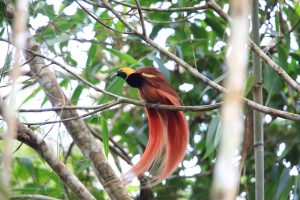
Incredible biodiversity
From Birds of Paradise to an abundance of healthy coral, Papua New Guinea features incredible biodiversity. Scientists reportedly believe more than half of all PNG’s plants and animals are yet to be scientifically named, and the country is known to be home to more than 200,000 species.
“PNG’s forests provide habitat for around 250 species of mammals, 20,000 species of plants, 1500 species of trees and 750 species of birds, half of which are unique…,” CoolEarth explains.
Snowing in the tropics
At its lowest point, PNG is zero metres above sea level, at its highest it is 4,509 metres. This incredible variation in height and its mountainous terrain sees snow fall on the highest peaks of Papua New Guinea, despite the country’s climate being described as tropical.
The seventh summit
The highest point in Papua New Guinea is Mt Wilhelm at 4509m above sea level. Occasionally this mountain is named among the seven summits as it is often considered the highest peak in Oceania.
The world’s only poisonous bird
Amidst Papua New Guinea’s incredible biodiversity is the world’s only poisonous bird – the Pitohui. This striking bird contains toxins in its feathers and skin that are believed to be due to its diet of choresine beetles. When humans come into contact with a hooded Pitohui it can cause a sensation of numbness and tingling.
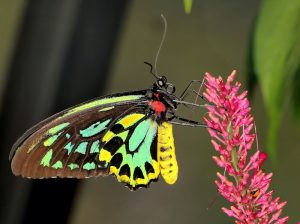
World’s largest butterfly
PNG is also home to the world’s largest butterfly. Blue in colour with a wingspan that measures up to 30cm, the eye-catching Queen Alexandra’s Butterfly is found in the rainforest and is currently under threat of extinction due to habitat removal.
Matrilineal communities
Due to its relative late contact with the Western world and its rugged terrain, Papua New Guinea retains many of its tribal traditions and customs. Among these are matrilineal communities where women are the traditional custodians of the land and titles are passed down from one generation of females to another.
A rural population
Papua New Guinea’s population predominantly resides in rural areas. Despite large cities including the capital Port Moresby, 87 per cent of residents live in rural areas. This has decreased from more than 90 per cent in 1970.
Over 600 airstrips
Due to its climate and terrain, Papua New Guinea’s road network can occasionally fall victim to weather events. That sees air travel considered hugely important for both the transport of people and freight. As a result, PNG features over 600 airstrips.
About Paga Hill Estate
Paga Hill Estate is a world-class, master-planned estate in the heart of Port Moresby, Papua New Guinea. The waterfront site is the first comprehensively planned multi-use development in Papua New Guinea to be enjoyed by both residents and visitors alike.
The all-inclusive development will include vibrant public spaces and waterfront promenade, luxury hotels, residential apartments, restaurants, retail, commercial space, a Trade, Exhibition & Cultural Centre, restoration of WWII relics, marina precinct and a nearby international cruise liner terminal.

